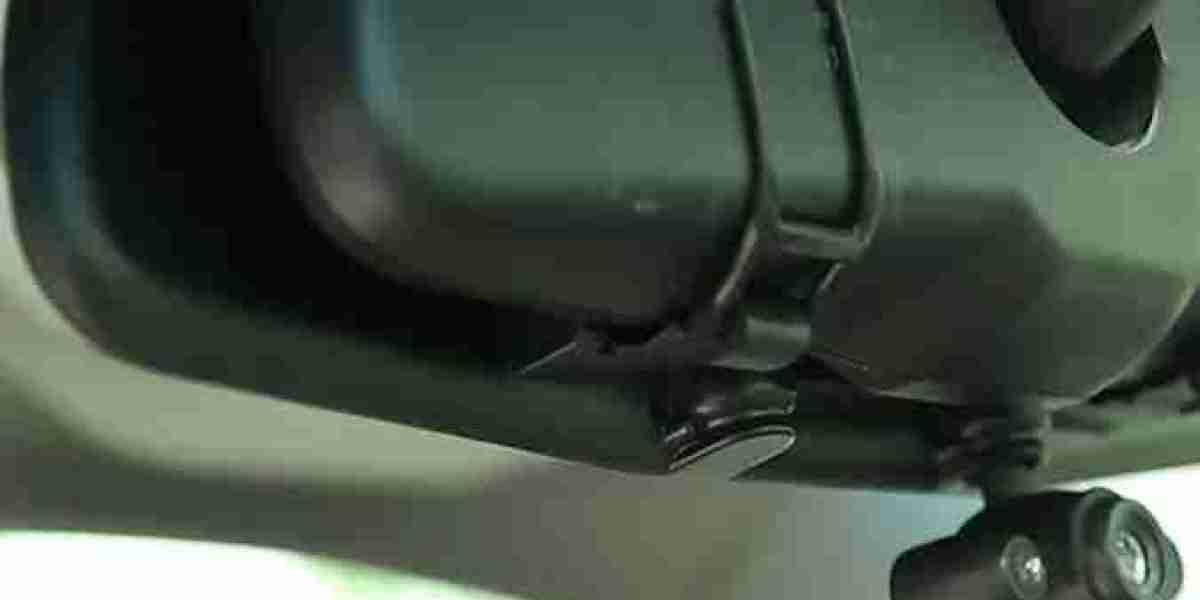Experiencing issues with your rear view mirror camera can be frustrating, especially when safety is at stake. Fortunately, there are several steps you can take to troubleshoot and fix a rear view mirror camera that won’t turn on. This guide will walk you through the most common issues and solutions to get your rear view mirror dash cam back in working order.
Understanding the Basics of Your Rear View Mirror Camera
Before diving into troubleshooting, it’s essential to understand how your rear view mirror camera operates. Typically, these devices are powered by your vehicle's electrical system, relying on a direct connection to the car's battery. Familiarize yourself with the components and wiring involved to better assess any issues. This foundational knowledge will aid in diagnosing the problem effectively and can help you avoid unnecessary repairs.
Checking the Power Source
The first step in troubleshooting a non-functional rear view mirror camera is to inspect the power source. Ensure that the camera is securely connected to the power supply, whether it's through the vehicle's fuse box or a direct connection to the battery. Look for blown fuses or loose wires, as these can easily disrupt power flow. If the power source is not functioning correctly, this could be the reason your rear view mirror dash cam is not turning on.
Inspecting the Wiring and Connections
Damaged or loose wiring can lead to connectivity issues with your rear view mirror camera. Carefully examine the wiring harness and connections for any signs of wear, fraying, or corrosion. If you notice any damaged wires, it's crucial to replace or repair them immediately. Additionally, ensure that all connectors are securely fastened, as a loose connection can cause the camera to fail to power on. Properly inspecting the wiring is vital for restoring functionality.
Testing the Camera Unit
If the power source and wiring seem fine, it’s time to test the camera unit itself. Disconnect the rear view mirror camera from its power source and examine it for any physical damage or signs of malfunction. You can also use a multimeter to check if the camera is receiving power when connected. If the unit appears to be damaged, consider contacting the manufacturer for assistance or exploring options for replacement.
Resetting the Camera System
Sometimes, a simple reset can resolve issues with your rear view mirror camera. Many models come equipped with a reset button or function. Refer to your user manual to locate this feature. If your camera lacks a reset button, you can try disconnecting it from the power supply for a few minutes before reconnecting it. This can help clear any glitches that may have caused the system to freeze or malfunction.
Updating Firmware or Software
If your rear view mirror dash cam has software, it may require updates for optimal performance. Check the manufacturer's website for any available firmware updates and follow their instructions for installation. Updating the software can often resolve bugs or glitches that prevent the camera from functioning correctly. Ensure that your device is compatible with the update before proceeding, as improper updates can lead to further issues.

Using the Right Settings
Incorrect settings can also contribute to a non-responsive rear view mirror camera. Access the settings menu of your device and ensure that all configurations are set correctly. Look for options related to power-saving modes, display settings, or camera activation settings. Adjusting these settings can sometimes restore functionality, especially if the camera is inadvertently set to a mode that prevents it from turning on.
Seeking Professional Help
If all troubleshooting attempts fail, it may be time to consult a professional. A certified technician can provide a thorough diagnostic of your rear view mirror camera system and identify underlying issues that may not be visible to the untrained eye. While this option may come at a cost, it often saves time and frustration in the long run. A professional service can ensure your camera is repaired correctly and safely.
Preventive Measures for Future Issues
To avoid future problems with your rear view mirror camera, consider implementing preventive measures. Regularly inspect the wiring and connections to ensure they remain secure and free from damage. Additionally, keep your camera's software updated and be mindful of how you use the device. Avoid extreme weather conditions that could impact the camera's performance, and follow the manufacturer’s guidelines for maintenance.
Frequently Asked Questions
What should I do if my rear view mirror camera still won’t turn on after troubleshooting?
If your rear view mirror camera remains unresponsive after following troubleshooting steps, it's best to seek professional assistance. A technician can diagnose potential hardware issues and provide necessary repairs or replacements.
Can a blown fuse cause my rear view mirror dash cam to stop working?
Yes, a blown fuse can disrupt the power supply to your rear view mirror camera, preventing it from turning on. Check the vehicle’s fuse box for any blown fuses and replace them as needed to restore functionality.
How can I extend the lifespan of my rear view mirror camera?
To extend the lifespan of your rear view mirror camera, regularly clean the lens, avoid exposing it to extreme temperatures, and periodically check the wiring and connections for wear. Additionally, keep the software updated to ensure optimal performance.




